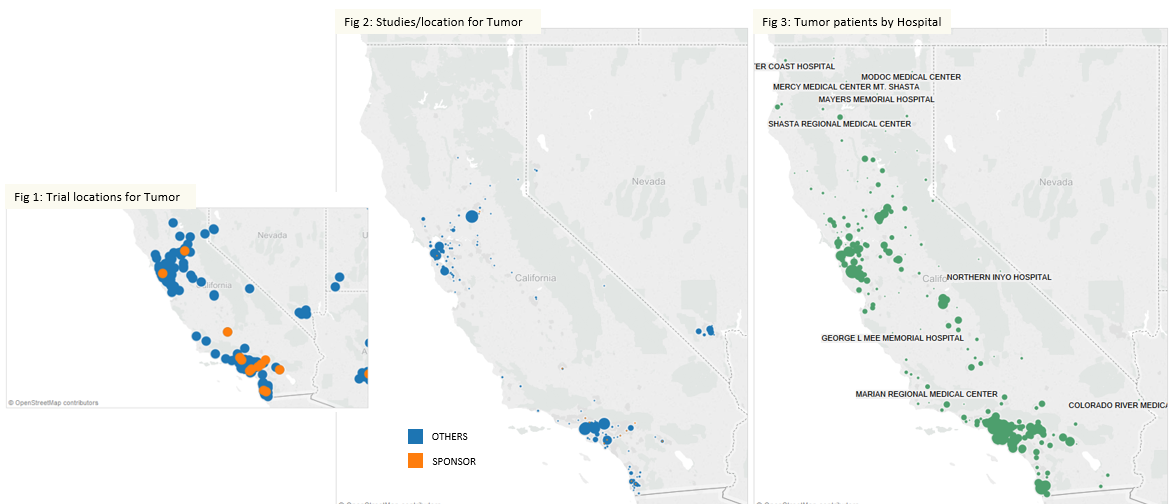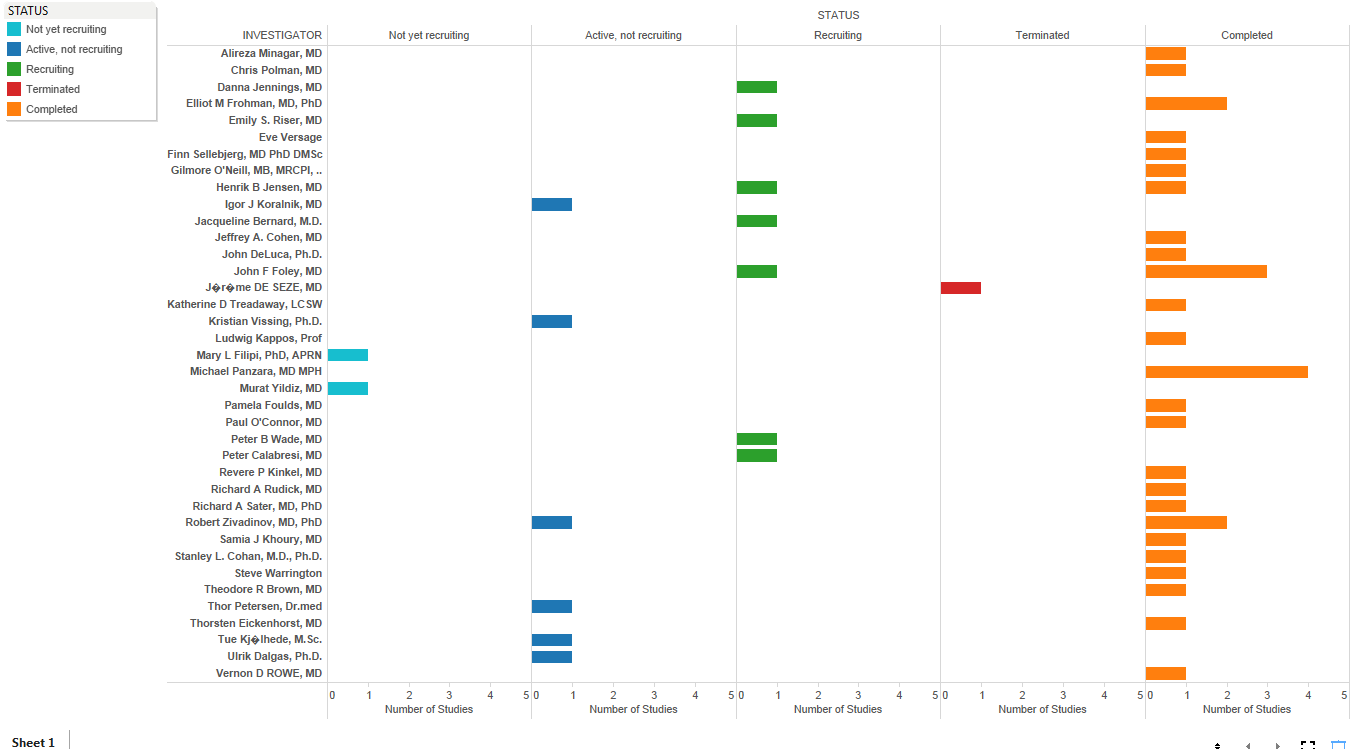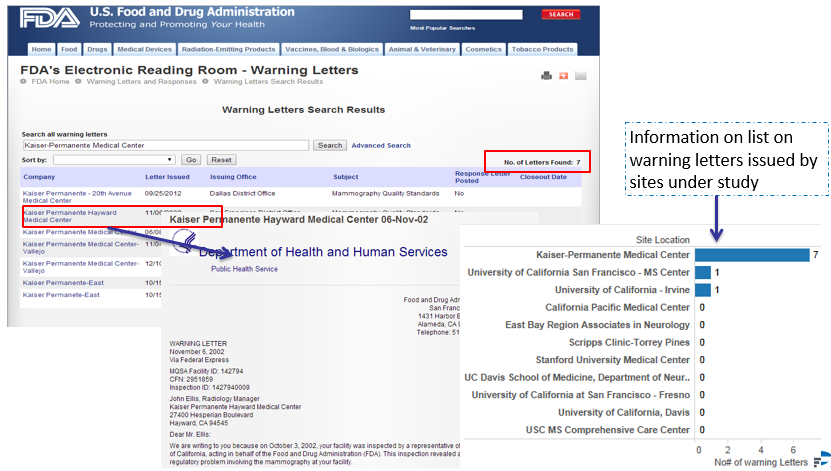 It is often very difficult to comprehend what knowledge means to an individual, professional, or an enterprise. The relevancy and authenticity of information is defined by the practical usage of the content in contextual paradigms. Other variable consideration such as content security adds to the information paradox which drives the complexity of defining Knowledge.
It is often very difficult to comprehend what knowledge means to an individual, professional, or an enterprise. The relevancy and authenticity of information is defined by the practical usage of the content in contextual paradigms. Other variable consideration such as content security adds to the information paradox which drives the complexity of defining Knowledge.
Enterprise knowledge management could be articulated as a combination of following statements:
- An authentic vault that houses knowledge of defined regimes / disciplines
- Secured information available to people with right access / roles
- Granular information driven by an organization taxonomy
- Knowledge driven by well-defined Information governance
- Information tagged and informed
- front end interface driven by find-ability / proximity and profiling
This blog attempts to define some key elements to consider before defining an enterprise KM. The blog also defines an adoption and KM portal evolution concept which is critical for the success of any Enterprise wide KM initiative.
Key Tenets for Defining a Knowledge Portal
For defining a knowledge portal it is important to categorize areas which will form the important pillars of the enterprise knowledge. Following are the key categories which will help initiate the process of creating an enterprise portal
- Know your Content – Information Architecture
- Define your Content – Content Governance
- Classify your Content – Taxonomy
- Qualify your Content – Content Tagging
- Improvise your Content – Content Back-feeding (Analytics)
- Value your Content – Content Rating & Community
- Advertise your Content – Profiling and Content Pushing
- Integrate your content – Content Multi-Sourcing
Know your Content – Information Architecture
Information Architecture (Referred as IA) is the most important pillar of defining a KM portal. IA provides a strong foundation of qualifying, categorizing, and segmenting content. A well-defined IA not only helps in increasing content find-ability but also promotes content proximity.
Information Architecture definition requires a well-balanced orchestrated blue printing exercise which attempts to define the following:
- Content Categories: All Content in a KM portal should be assigned to one or many categories. Categories helps in qualifying content and target find-ability
- Content Meta Data Model: Meta data based on content-type makes content rich qualified, and rationalized
- Content Relevance: Content should be constantly tracked and tagged. Segment content in popular, useful or ignore groups
- Content Security: content permission – create / update/ delete/ read/ Browse / Relate are critical to protect data integrity
Recommended approach for defining IA is as below:
- Identify a core group which works across streams
- Content Creators – Identify broad categories of content that needs to be part of the KM portal. Identify owners for each categories and have detailed workshop to hash out a detail IA architecture
- Content Readers – Identify profiles of all KM Portal users – have representation from all groups and track what they want from the portal.
- Explore the unknown – with the key stakeholders exploring what a standard KM portal should have from customer experiences
- The information collected from different groups should be collated and structured by the core group
- The IA would finally be run through all groups to iron out any changes required
Define your Content – Content Governance
Content Governance is next important tenet that needs attention for creating an informed KM Portal. Unlike other standard portal KM portal real work starts post the launch – it is imperative to keep information up-to-date, informed and visible for repeating visitors, inculcating stickiness, and growing community.
Content Governance has broadly the following elements to be defined –
- Clear definition of contributors: Active contributors, passive contributors (followers – adding additional content to existing content), specialized (Skill based)
- Region specific contributors: Qualifying only specific user to contribute certain content – all user can contribute trailing content
- Content Approval: Certain content needs to be approved before publishing to KM Portal
- Content Lifecycle: Multiple content lifecycle may exist based on the content types. Content lifecycle help define the state of the document throughout its lifetime. Some of the questions that content lifecycle can answer in content governance are – When to update content, when to expire content, when to approve and when to publish
- Content Integration: Federating content from external sources
Best practices for defining Content Governance is as follow:
- The IA output is the starting point for defining content governance For Content contributors go by categories – define roles instead of users.
- Bucket common categories and define sharable content lifecycles. The stages in the content lifecycle should have actionable items
- For every category – segment content that will be federated from external sources
Classify your Content – Taxonomy
Content Taxonomy is the most complex and critical element of a KM portal. Defining Taxonomy involves a detailed analysis of the content, categories, and content segments Taxonomy layering is typically done based on some defined parameters as mentioned below
- The User Community – Content should be taxonomically qualified for the user communities it represents
- Content Dictionary – Content Meta data related to a content dictionary – increase find-ability
Qualify your Content – Content Tagging
Once the metadata model is defined the content tagging can be done at either using System attributed or by using custom attributes as per a defined data model. The Content Tagging goes beyond the structured approach of getting content tags through a data model. Content Tagging helps to capture user generated information as tags which helps community to increase content segregation and relevance.
User Generated (UG) tags is a process which works post KM portal launch – The ability to capturing UG tags, comprehending the same for enhancing the experience is what we need to consider in the planning exercise.
Improvise your Content – Content Back-feeding (Analytics)
It is critical to know what content has been read the most, which category is most popular, how long user stays on a page, how communities are growing and how search is performing.
Strategy for content analysis or content behavioral analysis is important to calibrate the portal for broader acceptance
The best practices for defining content analytics are listed below:
- Qualify content categories and communities to be tracked
- Identify parameters to be tracked
- Create mechanism for back-feeding to improve KM portal usage improvements
Value your Content – Content Rating and Community Creation
For a successful KM implementation it is imperative to allow users to elevate the best information piece for everyone’s benefit. In a content cluster often it is paradoxical for consumers to accept the best content – upon finding its practical use it is important to mark such content for other similar users’ benefit.
Content Rating allows users to mark content contributors or the content itself for its applicability and usage. It also allows filtering such content first upon request to create a self-defined user community and qualify trustworthy contributors.
The KM portal should have provision for content rating, identifying star contributors and promoting best practices in communities of practice.
Advertise your Content – Profiling and Content Pushing
Often KM Portal pages or community contents are predefined based on a defined set of criteria. Though this approach traditionally works the best for vertical or horizontal portal, often this has become the main reason for a situation called “Content Stalemate” for KM Portal
In the new world content on a page or in a community should be governed by knowing who is visiting the portal and targeting content based on the contextual need. This kind of target content pushing is only possible when users are profiled, the needs are ascertained, and behaviors are comprehended.
The best of the KM portal has failed because of lacking capability to advertise its content in Just in Time mode. The KM portal should be equipped with the best in class profiling and content pushing strategy where information changes based on people point of interest and direction of usage
The best practices to avoid content Stalemate is by doing the following
- Identify a best of the breed Search tool
- Create Search lets and zero landing pages
- Inculcate profiling and content targeting features
- Blocking and boosting content
- Co-relation with taxonomy, folksonomy and content dictionary
Integrate your content – Content Multi-Sourcing
It is often not possible to have single source of truth – while a KM portal can put in practices of content identification, targeting, assimilation and distribution yet it should not target to become the only source of information.
Integration other content sources, within organization or from external sources , is equally important for a successful KM Portal.
There a numerous best practices which drives such governance –
- Implement Service based architecture – ability to consume content from multiple sources
- Drive the content philosophy from KM portal but allow all content to have a place
- Federation of Content – often it is not possible to index all content – specifically when the content is not in one’s control
KM Portal Definition Conclusion
The eight tenets towards KM Portal definition attempts in defining a strategy to create information centric content governance. These tenets do not define portal layout, technology recommendations, architectural best practices and physical installation. Neither does it define portal roles, roadmap and implementation strategies.
However, I strongly believe mastering these eight tenets is the first step towards a successful implementation and rest could be defined either in parallel or as post step to this phase



